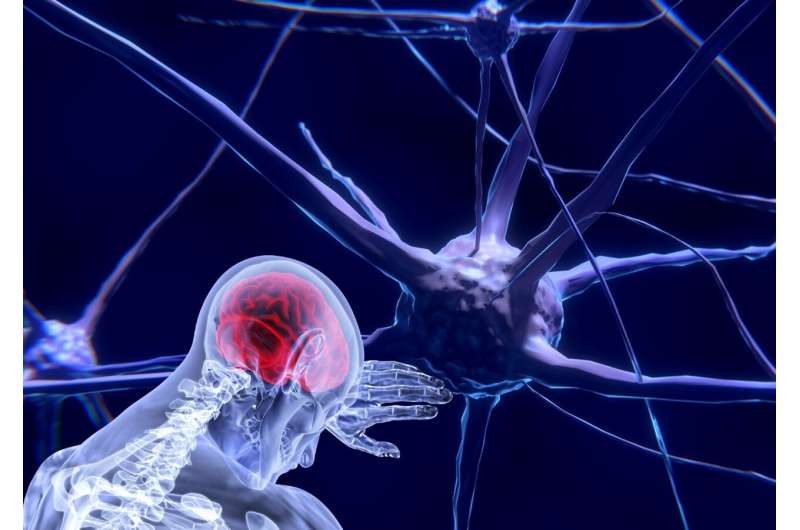How Human Behavior and Disease Dynamics Interact to Create Epidemic Waves

This article explores how human behavior and delays in information flow contribute to the formation of epidemic waves, emphasizing the importance of timely public health responses.
Epidemics of infectious diseases often manifest in multiple waves, but understanding the underlying causes of these oscillations remains a challenge for scientists and public health officials. Traditional factors such as seasonal transmission, viral mutations, and the implementation of control measures have been considered as potential drivers. However, recent research suggests that the interaction between human behavior and disease spread is a significant contributing factor.
A study published in PNAS Nexus by Claus Kadelka and colleagues explores how behavioral responses to perceived disease risk, coupled with delays in information dissemination, can lead to the emergence of epidemic waves. This modeling indicates that when the public becomes aware of rising infection rates, their behavioral modifications—such as masking and social distancing—can effectively reduce transmission. Yet, due to delays in information reaching the community and initiating behavioral change, infections can initially spread unchecked, resulting in a surge.
Once the behavioral measures begin to take effect and infections decline, people often relax precautions, causing the cycle to repeat and generating multiple waves. The model accounts for these dynamics by including variables like the delay in awareness and the sensitivity of behavioral responses. Interestingly, the simplicity of this model provides insights into real-world patterns, such as the waves observed during the COVID-19 pandemic in the United States.
While this approach does not incorporate all factors affecting epidemic waves—such as disease severity, epidemic fatigue, economic pressures, or media fatigue—it highlights the critical role of social and informational factors in epidemic dynamics. Improving our understanding of how delays and behavioral responses influence disease spread can enhance predictive models and inform intervention strategies.
This research underscores the importance of timely information and public health messaging in managing infectious diseases and preventing recurrent outbreaks. Incorporating behavioral and social factors into disease modeling can improve our ability to forecast and mitigate epidemic waves effectively.
Source: [https://medicalxpress.com/news/2025-05-feedback-loops-disease-human-behavior.html]
Stay Updated with Mia's Feed
Get the latest health & wellness insights delivered straight to your inbox.
Related Articles
Investigating the Impact of Bee Venom on Blood Vessel Functionality
Research reveals that bee venom affects blood vessel function, highlighting its toxic effects and potential for vascular disease therapies. Explore the latest findings from UAB scientists.
Canada's New Guidelines for Neurotechnology Regulation Emphasize Indigenous Rights and Ethical Innovation
Canada is developing new regulatory guidelines for neurotechnology, emphasizing ethical innovation, Indigenous rights, and public trust to guide responsible neurotech advancement.
Innovative Antibody Cocktail Shows Potential to Combat Multiple Strains of Influenza
Scientists develop a promising antibody cocktail that offers robust, mutation-resistant protection against various influenza A virus strains, potentially revolutionizing flu treatment.
Understanding the Brain's Insight Moments Through Neuroimaging
New brain imaging research uncovers how 'aha!' moments activate specific neural processes, boosting memory and creativity. Learn what happens in the brain during sudden insights.



